Common Tropes That Accompany ‘Enemies to Lovers’
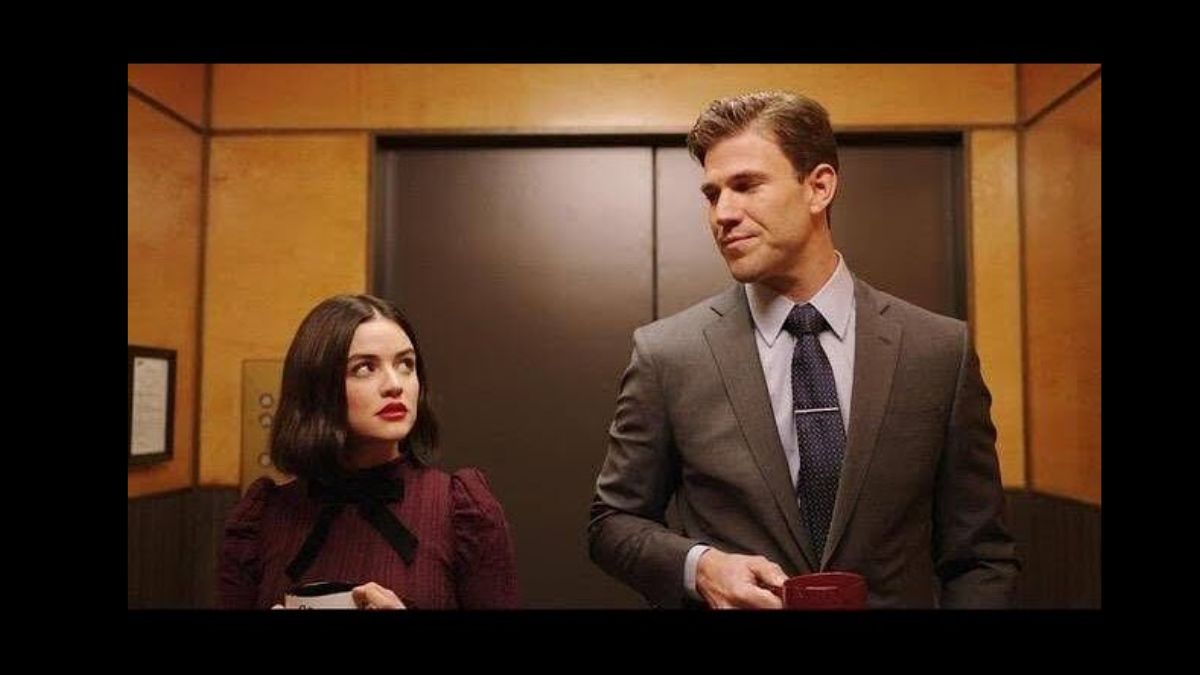
The “enemies to lovers” trope is a beloved staple in romance fiction, whether in novels, TV shows, or movies. Its appeal lies in the emotional tension and character development that comes from transforming adversarial relationships into romantic ones. However, the success of this trope often depends on the presence of other sub-tropes that add complexity and depth to the storyline. Tropes like forced proximity, miscommunication, or rivals to lovers frequently enhance the enemies-to-lovers dynamic by introducing additional layers of conflict, misunderstanding, or attraction. Let’s explore these common tropes and how they work together to heighten the emotional stakes and make the romance more satisfying.
Forced Proximity
Forced proximity is one of the most popular tropes paired with enemies to lovers. It occurs when characters who don’t like each other are compelled to spend time together due to circumstances beyond their control. Whether they’re stranded in a snowstorm, stuck working on a project, or forced to share a living space, being physically close breaks down barriers and accelerates the characters’ interactions.
How It Enhances the Enemies to Lovers Dynamic:
- Intensifies Conflict: When two people who can’t stand each other are forced into close quarters, the tension naturally escalates. They’re constantly thrown into each other’s orbit, creating more opportunities for confrontation, witty banter, and moments of emotional vulnerability.
- Creates Opportunities for Vulnerability: Forced proximity allows the characters to see beyond their initial impressions of one another. They witness each other in unguarded moments—when they’re tired, stressed, or vulnerable—breaking down the walls of animosity and allowing empathy to creep in.
- Builds Sexual Tension: The physical closeness that comes with forced proximity often leads to simmering sexual tension. The characters are no longer able to avoid each other, and the chemistry between them has more space to grow.
Example: In ‘The Proposal’ (2009), Margaret and Andrew, who initially despise each other, are forced to pretend they are engaged while spending a weekend together at his family’s home. Their forced proximity helps them break through the animosity and uncover their deeper feelings.
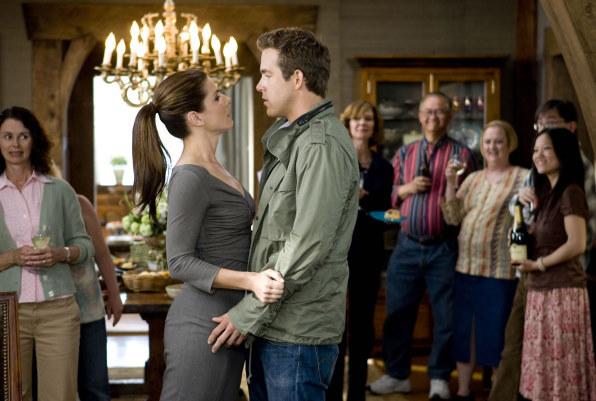
Miscommunication
Miscommunication is a classic trope that frequently works hand-in-hand with enemies to lovers. It involves misunderstandings, wrong assumptions, or hidden truths that create or sustain the initial conflict between the characters.
How It Enhances the Enemies to Lovers Dynamic:
- Prolongs the Tension: Miscommunication delays the resolution of conflict, allowing the tension between the characters to linger. This builds suspense for the reader or viewer, keeping them on edge as the characters continue to misunderstand each other’s intentions.
- Provides a Slow Burn: Because of miscommunication, the shift from enemies to lovers is slower and more gradual. It can also add depth to the conflict, as the characters must overcome not just external issues, but their own preconceived notions or insecurities.
- Reveals Character Flaws: Miscommunication is often rooted in characters’ flaws, such as pride, stubbornness or a lack of trust. Overcoming this obstacle requires character growth, making the eventual romance more rewarding.
Example: In ‘10 Things I Hate About You’ (1999), Patrick and Kat initially dislike each other due to misconceptions and manipulation by outside forces. It’s only after the miscommunications are cleared up that they can begin to see each other for who they really are.
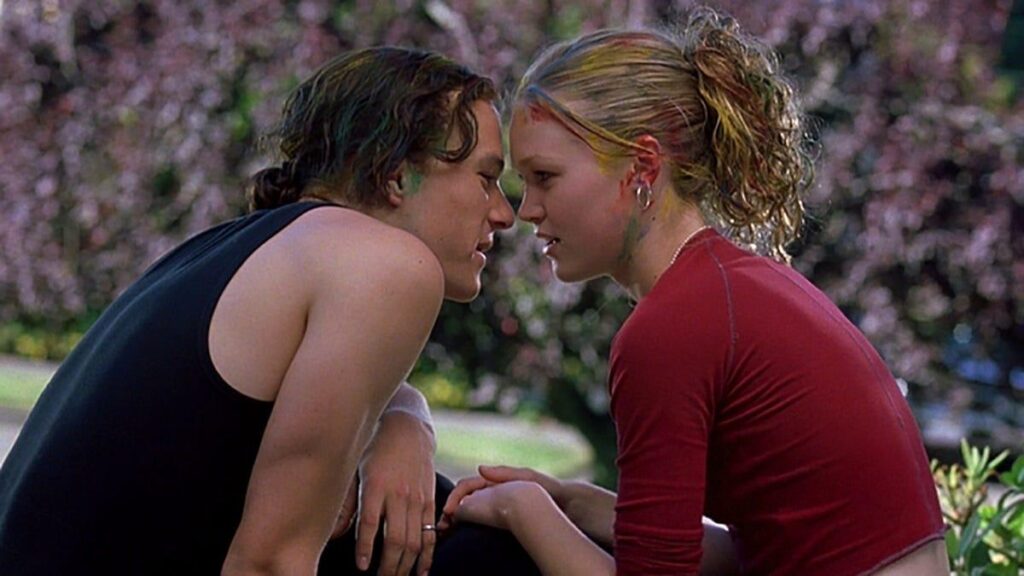
Rivals to Lovers
In the rivals to lovers trope, the characters are in direct competition with each other, whether it’s professionally, academically, or in sports. Their rivalry fosters animosity, which creates a perfect breeding ground for the enemies-to-lovers arc.
How It Enhances the Enemies to Lovers Dynamic:
- Creates Equal Ground: Rivals are often evenly matched, whether in terms of skill, intelligence, or ambition. This creates a balanced dynamic where neither character has the upper hand, making their eventual partnership feel more like a meeting of equals.
- Adds Depth to Conflict: The rivalry between the characters adds an extra layer to their conflict, as it’s not just personal, but often tied to their goals and identities. Their competition forces them to challenge each other’s strengths and weaknesses, making their eventual understanding more profound.
- Makes the Transition Organic: The characters’ rivalry can evolve from antagonism to mutual respect, and eventually to love. As they compete, they often come to admire each other’s abilities, which helps shift the dynamic from enemies to lovers in a way that feels earned.
Example: In ‘Bridgerton’ (2020), Anthony and Kate’s rivalry over their shared competitive nature and stubbornness creates a fierce but passionate dynamic. They are constantly at odds, yet their rivalry gradually morphs into mutual admiration and undeniable attraction.
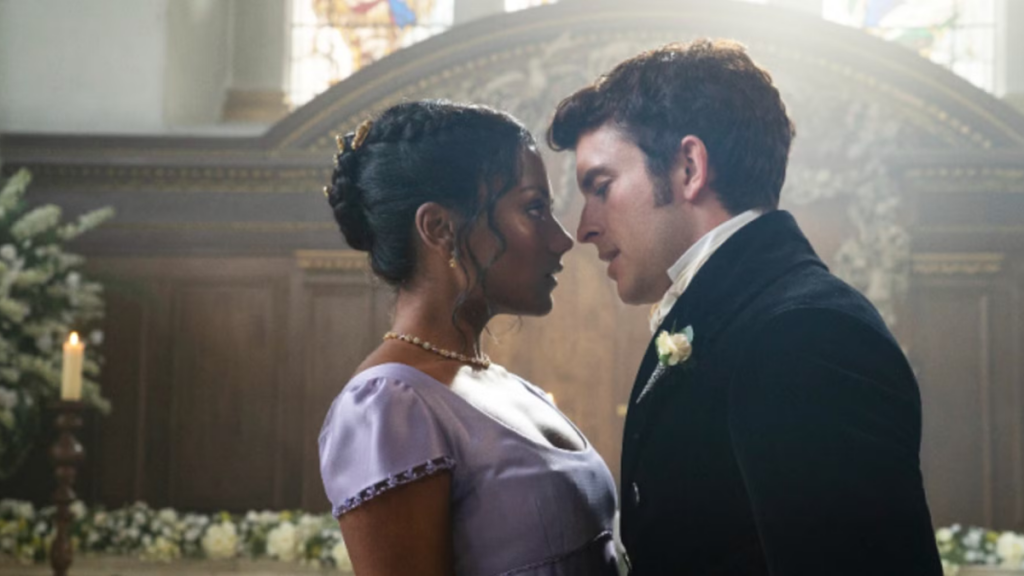
Opposites Attract
The ‘opposites attract’ trope is often intertwined with enemies to lovers, as characters who are fundamentally different in personality or worldview frequently clash at first. However, those differences can become the foundation of their eventual attraction.
How It Enhances the Enemies to Lovers Dynamic:
- Highlights Contrasts: When characters are polar opposites, their differences are often the source of their initial friction. However, those same differences can later make them more compatible, as they balance each other out in ways that are surprising and complementary.
- Encourages Growth: Opposites often challenge each other’s perspectives, pushing them to grow and evolve. The friction that stems from their differences allows both characters to expand their horizons, often leading to greater self-awareness and emotional depth.
- Makes the Romance Unexpected: Because the characters are so different, their eventual romance can feel more unexpected and exciting. The contrast between who they were at the beginning of the story and who they become by the end makes their love story feel fresh and rewarding.
Example: In ‘Pride and Prejudice’ by Jane Austen, Elizabeth Bennet and Mr. Darcy are opposites in terms of social class, personality and values. Their differences initially fuel their disdain for each other, but as they come to understand one another, those differences become a source of attraction and balance.
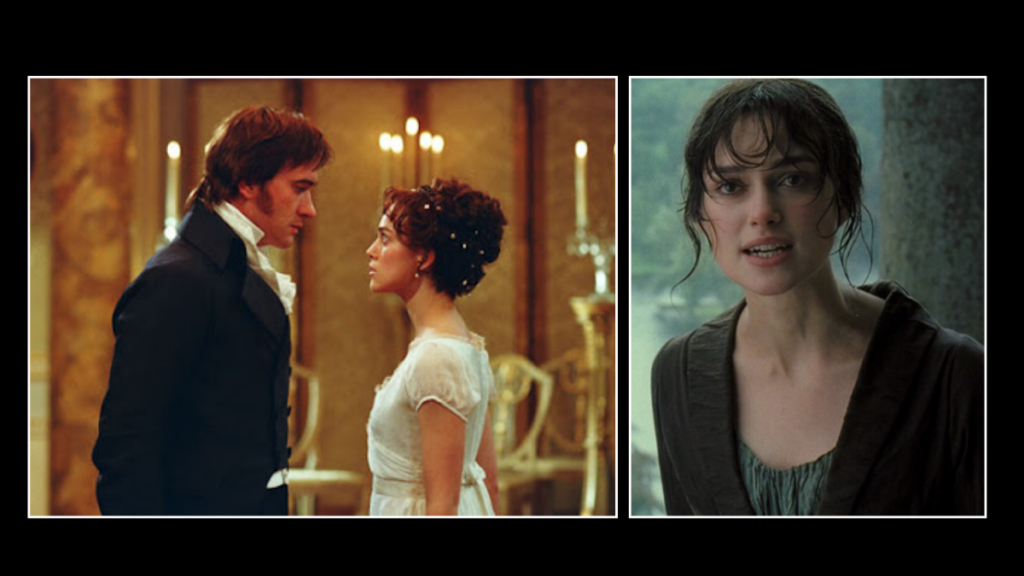
Enemies Working Together
In this trope, characters who dislike each other are forced to collaborate on a shared goal or mission. Whether they’re solving a mystery, saving the world, or just trying to survive, their mutual dependence forces them to reconsider their initial hostility.
How It Enhances the Enemies to Lovers Dynamic:
- Fosters Trust: When enemies are forced to work together, they’re compelled to rely on each other’s strengths. This trust-building exercise often leads to a realization that they’re not so different after all, and paves the way for deeper emotional connection.
- Creates Situations for Heroic Moments: Collaboration often leads to one character helping or saving the other, leading to moments of vulnerability, admiration or gratitude. These pivotal moments are key in transforming animosity into affection.
- Strengthens the Bond: Working toward a common goal fosters a sense of camaraderie, and the characters’ shared experiences create a bond that transcends their initial animosity. This newfound connection lays the groundwork for romance.
Example: In ‘The X-Files’, Mulder and Scully start as skeptical partners with differing beliefs, but over time, as they collaborate on cases, their mutual respect and trust grow, eventually transforming into love.
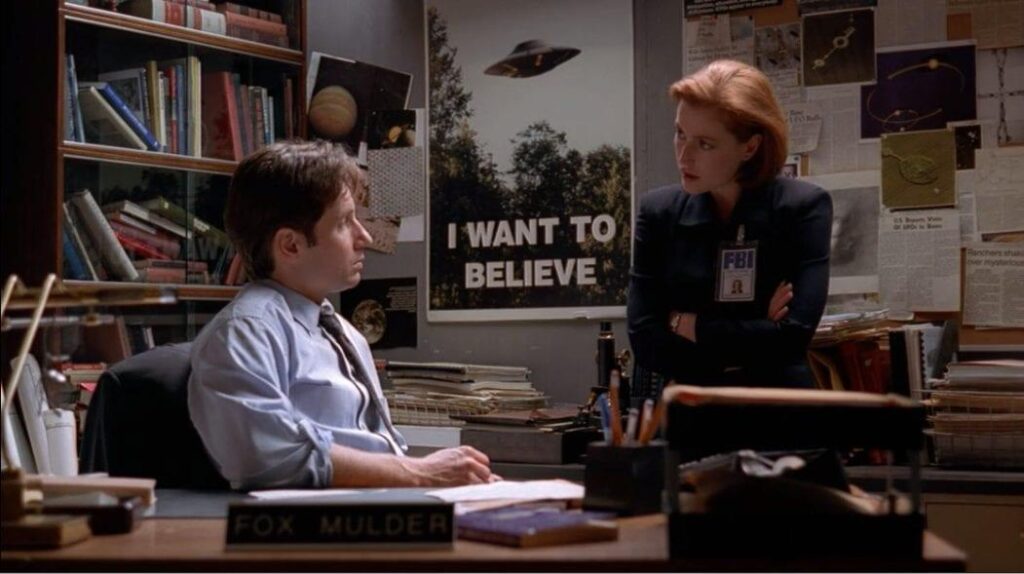
The enemies-to-lovers trope thrives on tension, conflict and transformation, but it’s the accompanying sub-tropes—such as forced proximity, miscommunication, rivals to lovers, opposites attract, and enemies working together—that enrich the dynamic and make it even more compelling. Each of these sub-tropes adds layers of complexity, whether through increased conflict, misunderstandings, or growing trust, ensuring that the emotional journey feels organic and satisfying. Together, these tropes create a rich and multifaceted narrative, making the eventual romance between former enemies all the more rewarding.
–Silviya.Y








